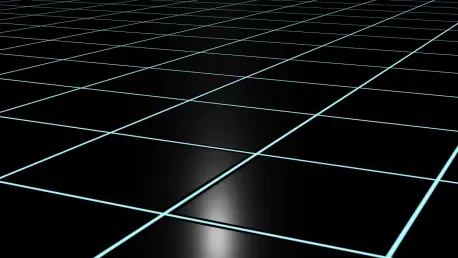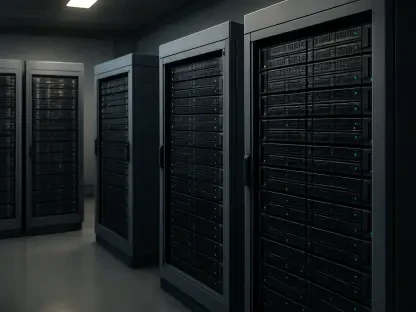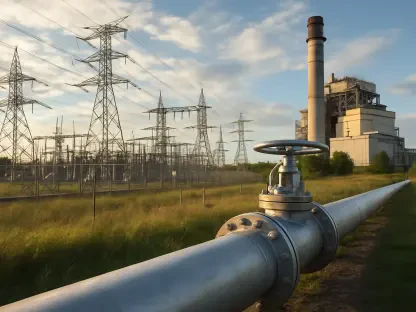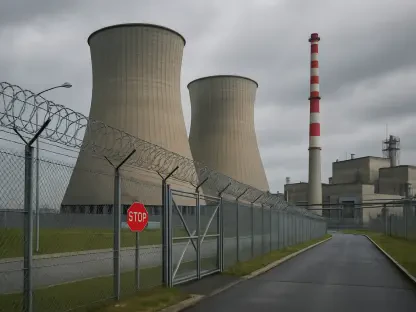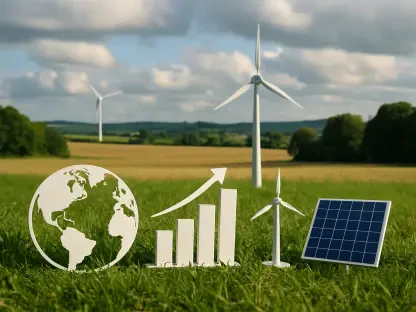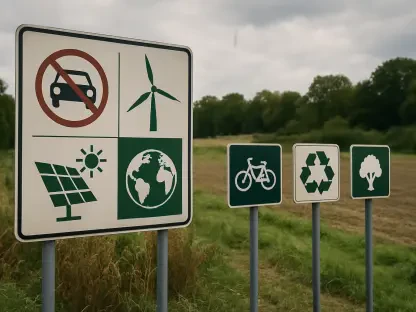A major blackout on April 28, 2024, plunged Spain, Portugal, and parts of France into darkness, exposing critical vulnerabilities within Europe’s power grid and igniting discourse on its growing reliance on renewable energy. As the continent endeavors to reduce carbon footprints and embrace sustainable energy sources, questions have emerged about the grid’s capacity to handle this shift. The incident has reignited debates regarding the infrastructure’s readiness to integrate renewable energy while maintaining resilience and stability. Nations across the region are grappling with the need to balance eco-friendly energy policies against the backdrop of a grid designed for traditional power sources, not the diverse and intermittent nature of renewables.
Fragility of the Power Grid
The recent blackout laid bare the fragility of Europe’s power grid, highlighting the challenges posed by the rising dependence on renewable energy sources. On the day of the incident, solar power provided 60% of Spain’s electricity, while wind energy contributed an additional 10%. Contrary to initial suspicions linking the outage to this heavy reliance on renewables, the root cause was traced to a fault in the power line that connects French and Spanish Catalonia. This technical failure triggered a cascading impact, disrupting the transmission system across multiple regions, ultimately leading to substantial power outages. The complexity of this situation underscores the intricate interplay between technical faults and dependency on intermittent energy sources like solar and wind, challenging the perception that renewables alone were responsible.
Despite the availability of sufficient electricity generation at the time of the blackout, the event exposed deeper systemic issues. The fault resulted in synchronization problems within the grid, setting off a domino effect that extended to Portugal, Andorra, and some parts of France. An important takeaway from this event is the need for resilient infrastructure that can absorb such faults without leading to widespread outages. The incident illustrates the high stakes involved in managing a grid that increasingly relies on renewable sources, which, unlike traditional energy plants, do not inherently provide the inertia required to stabilize the grid during unforeseen disruptions. The blackout serves as a sobering reminder of the vulnerabilities that persist within Europe’s power infrastructure as it transitions toward sustainable energy.
Grid Stability Challenges
Grid inertia, a key factor in maintaining system stability, has traditionally been provided by conventional power sources like gas and nuclear plants. These sources utilize spinning generators that help regulate frequency and ensure a steady power supply, even amidst disturbances. However, the recent blackout has cast light on the distinct limitations associated with renewable energy, which lacks the inherent capacity for such inertia. As Europe continues to expand its renewable energy portfolio, the omission of inertia becomes more pronounced, with grid frequency stability frequently tested by the unpredictable nature of wind and solar power production. This situation necessitates a reevaluation of current infrastructure to address these emerging gaps.
Maintaining a stable grid frequency is paramount for a secure and consistent electricity supply. Renewable energy’s fluctuating nature often results in challenges when introducing additional capacity without affecting existing grid dynamics adversely. Addressing this issue requires innovative solutions that can compensate for the absence of inertia in renewable sources, such as advanced energy storage systems or hybrid models that combine renewables with traditional power generation. The need for such advancements highlights the requirement for collaborative efforts across industries and governments to facilitate a seamless transition while ensuring grid stability remains uncompromised.
Need for Robust Infrastructure
A critical theme arising from the blackout is the acknowledgment that while investments in renewable energy installations are surging, developments in grid infrastructure significantly lag behind. Despite political and public enthusiasm for sustainable energy, the infrastructure essential to accommodate these new sources has not kept pace. Experts warn that without adequate attention to capacity enhancements, resilience measures, and upgraded transmission capabilities, the grid may struggle to deliver reliable electricity to meet growing demand. Organizations like Eurelectric emphasize the necessity of robust infrastructure to safeguard energy supply systems in this evolving landscape.
The incident serves as a stern warning, reminding stakeholders of the importance of synergizing renewable energy goals with necessary infrastructural support. What’s needed is a comprehensive approach that prioritizes expanding transmission networks, strengthening grid resilience, and augmenting capacity to anticipate future requirements. As Europe’s energy demand escalates, these steps will become critical to preventing similar disruptions and ensuring a seamless supply of clean energy. Without this foundational support, efforts to accelerate the energy transition could result in increased susceptibility to outages, undermining the intended environmental and economic benefits.
The Risk of System Failures
Europe’s recent blackout highlights the inherent complexity and risks present within vast power networks. It underscores a vital point: no grid is immune to failures, but with adequate security and preemptive planning, the occurrence of such large-scale outages can be mitigated. The breakdown of a single transmission line should not possess the potential to cause far-reaching disruptions, yet the event revealed significant vulnerabilities within the existing system’s configuration. This incident highlights the pressing need to adopt resilient design principles and implement strategies that safeguard against the likelihood of cascading failures.
Securing the grid from extensive outages requires a holistic understanding of power network behavior and vulnerabilities. Enhanced security measures, such as fail-safes or redundancies, could prevent individual component failures from escalating into widespread blackouts. The event also brought to the forefront the importance of regular assessments and updates to ensure the grid remains aligned with modern electricity generation and consumption patterns. By focusing on proactive measures that identify weak points before they cause significant strain, Europe can better shield its energy systems from systemic failures.
Imperative for Strategic Investments
On April 28, 2024, a major blackout cloaked Spain, Portugal, and areas of France in darkness, revealing critical weaknesses within Europe’s power grid. This incident has sparked significant conversations about the continent’s increasing dependence on renewable energy. As Europe strives to lower carbon emissions and embrace eco-friendly energy solutions, concerns have arisen regarding the grid’s ability to manage this transformation. The blackout has rekindled arguments about the infrastructure’s readiness to incorporate renewable energy sources while ensuring resilience and stability in the power supply. Countries in the region face challenges in balancing their commitment to sustainable energy policies against the limitations of a grid originally built for conventional power sources. These challenges highlight the need to adapt to the diverse and intermittent characteristics inherent in renewable energy, forcing nations to reconsider how they can maintain energy security while achieving their green objectives.
